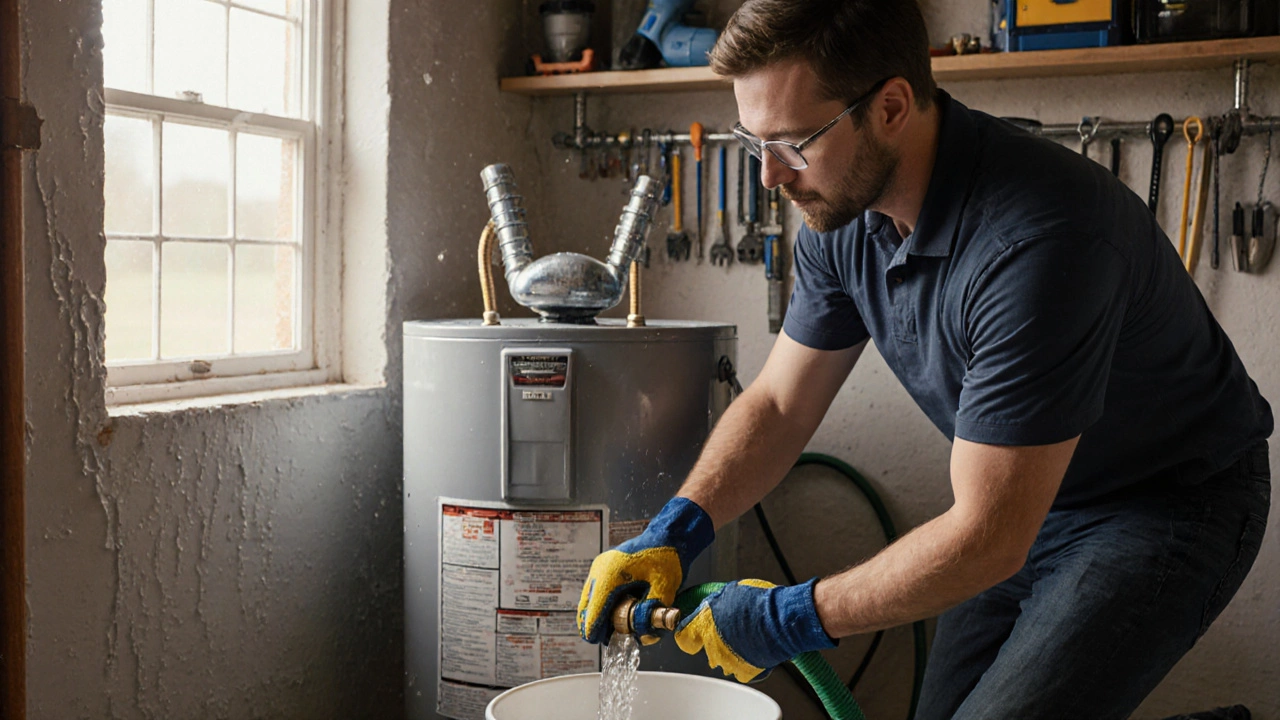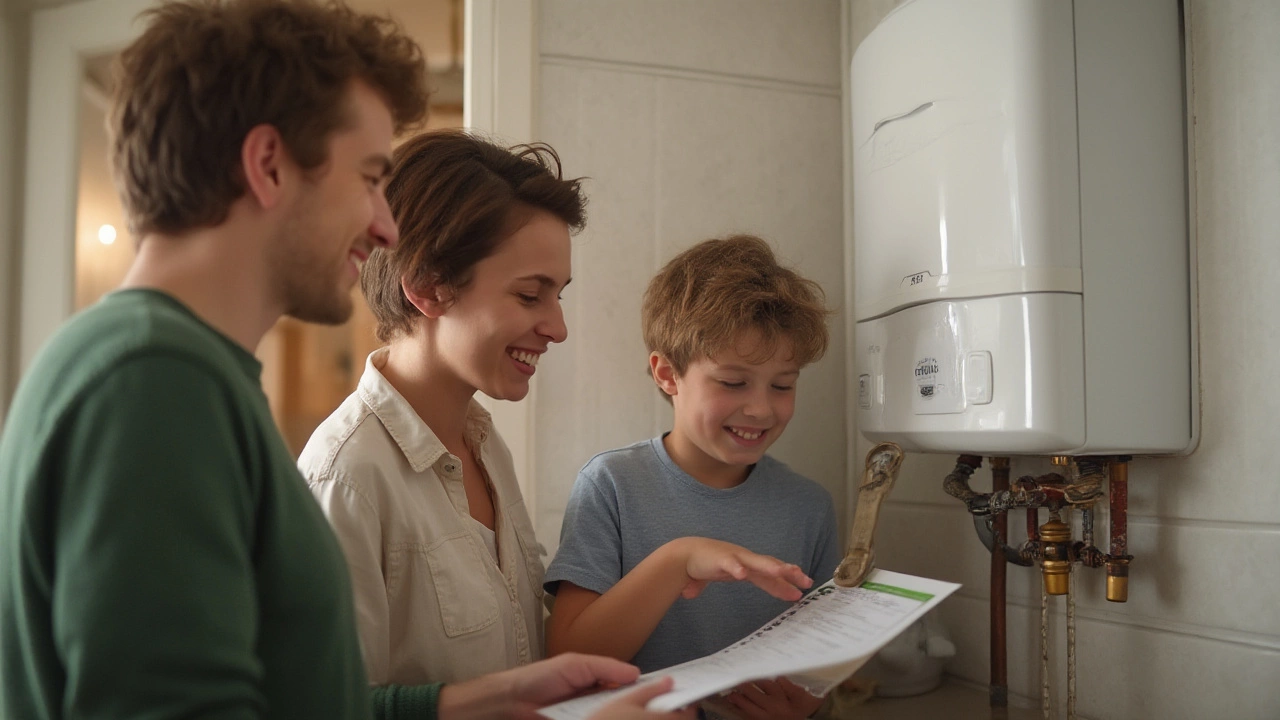Water Heater Maintenance: Simple Steps to Keep Hot Water Running
If your shower suddenly turns cold or your bills jump, the first place to look is your water heater. A few easy checks can keep it working smoothly and save you money. The best part? Most of them are safe to do yourself with basic tools.
DIY Maintenance Checklist
1. Turn off power or gas. Before you touch anything, shut off the electricity at the breaker or the gas valve. This protects you and the heater.
2. Drain and flush the tank. Connect a garden hose to the drain valve at the bottom, open a hot‑water tap nearby, and let the water run out. Once it’s empty, close the valve, fill the tank with fresh water, and repeat until the water runs clear. This removes sediment that lowers efficiency.
3. Inspect the anode rod. The rod prevents rust inside the tank. Unscrew it (usually 1‑2‑inch socket) and look for heavy corrosion. If it’s more than 50% worn, replace it – it’s a cheap way to avoid a full heater failure.
4. Test the temperature‑pressure relief (TPR) valve. Lift the lever a few seconds. Water should gush out without drips when you release it. A leaking TPR valve means the heater is under too much pressure or the valve is faulty – replace it promptly.
5. Check the thermostat setting. Most homes run best at 120°F (49°C). Higher temps waste energy and can cause scalding. Adjust the control dial if needed.
6. Look for leaks. Run a visual sweep around the tank, connections, and the vent pipe. Even a small drip can turn into big water damage quickly.
When to Call a Professional
Some issues are best left to a qualified technician. If you notice rusty water, rumbling noises, or the heater won’t ignite, those are warning signs of deeper problems. A pro can safely check the gas burner, electrical elements, and perform a pressure test.
Regular professional service (once a year) can extend the life of a water heater by 5‑10 years. The cost of a service visit is usually a fraction of a full replacement, and the technician will spot issues you might miss.
Finally, keep a maintenance log. Jot down the date you flushed the tank, replaced the anode rod, and any observations. When you see a pattern, you’ll know exactly what needs attention and when.
By staying on top of these simple steps, you’ll enjoy steady hot water, lower energy bills, and fewer emergency calls. A well‑maintained water heater is a set‑and‑forget device – you just have to give it a little love once a year.








